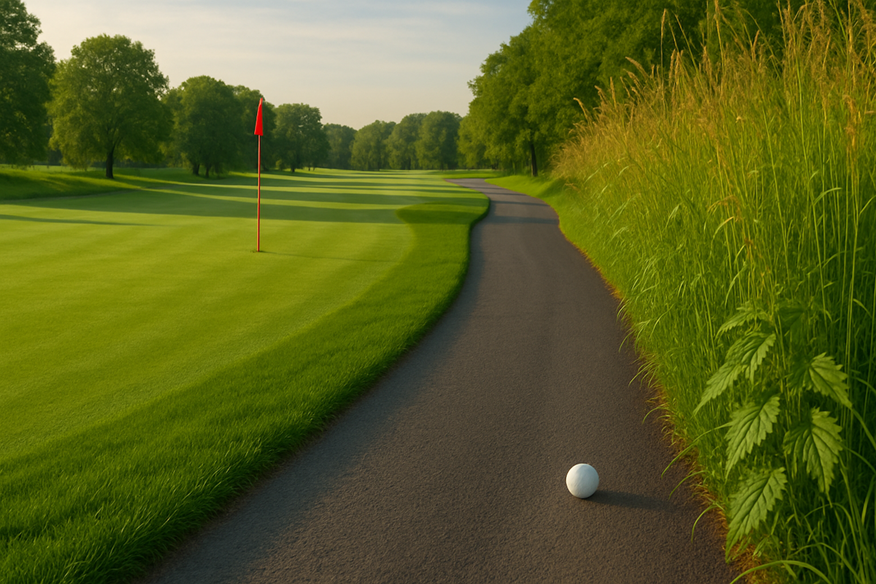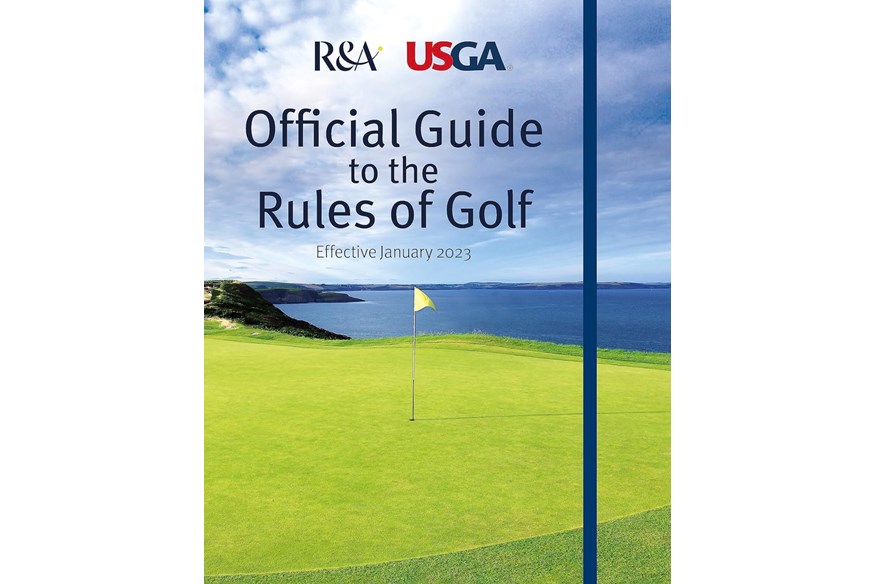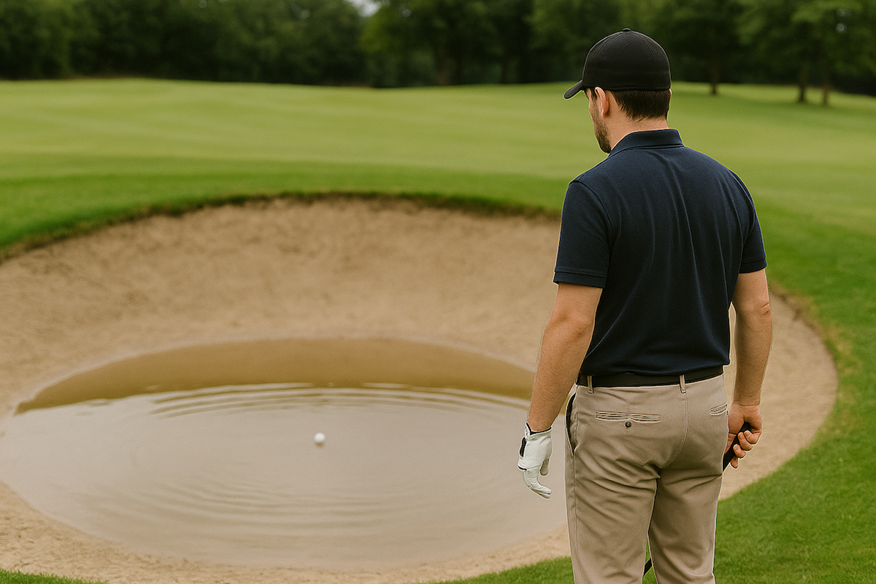5 Rules of Golf you always get wrong
Published:
The new season is here! So here’s a quick refresher on five really common Rules of Golf we’re all guilty of misinterpreting…
It’s the most wonderful time of the year! The sun is shining and the season is underway. The only drag is we need to brush up on the Rules of Golf.
So before you make a fool of yourself in your club’s net competition, here are five situations that happen in almost every round and how to navigate them within the laws of our beautiful game.
Provisional? Play it and say it!
Have you just piped one into the trees or out of bounds? You’ll save a lot of time and effort if you play a provisional. After all, no one wants to do the walk of shame back to the tee box.
But there is more to it than just plonking another ball down and hitting it. You need to announce to your playing partner that you are playing a “provisional” – make sure you use the word! – under Rule 18.3. (If there is no one around, you can play a provisional but you must let someone know at the earliest opportunity.)
If you play a provisional and it turns out your original ball is lost or out of bounds, then you must continue with the provisional ball under penalty of one stroke. Of course, if you find your original ball within the allotted three-minute search time, you must continue with that ball and stop playing the provisional.
Losing your ball doesn’t mean losing hope
Speaking of piping one into the woods, let’s go back one section of the Rules of Golf book to learn about what you can do with a lost ball under Rule 18.2.
By the way, you can’t just declare your ball as lost. It is only considered lost if it is not found within three minutes of the search beginning, if you have put another ball in play under penalty of stroke and distance, or you make a stroke at a provisional ball from a spot nearer the hole than where the original ball is estimated to be.
If your ball is lost – or, indeed, out of bounds – your only option is to take stroke-and-distance relief by adding one penalty stroke and playing a ball from where the previous stroke was made.
What if it’s simply unplayable?
If you cannot play your ball as it lies – for example, it’s under a bush – then you can use Rule 19 to take unplayable ball relief, which is allowed anywhere on the golf course except when the ball is in a penalty area.
There are three options here. Each of them involve adding one penalty stroke to your score, but you can either take stroke-and-distance relief, back-on-the-line relief, or lateral relief.
Just a couple more things to add here.
To take back-on-the-line relief or lateral relief, you must find and identify the original ball. However, this is not the case for stroke-and-distance relief, which you’re allowed to take even if your original ball has not been found.

Taking free relief isn’t always that much of a relief
What about free relief?
The rules entitle you to free relief from certain abnormal course conditions and immovable obstructions – like a man-made path, a sprinkler head, or ground under repair – but it isn’t always the bonus you might think.
That’s because the key is that it’s your “nearest point of relief” – not nicest point of relief. That could mean your free drop leaves you in gnarly rough, next to a tree, or in another situation that makes your next shot extremely challenging – if not impossible.
Many golfers assume that free relief should mean they can play their next shot and move on happily with their round – but that’s not always the case.
A prime example would be a cart path running along the side of a hole. If your ball comes to rest on the edge of that path furthest from the fairway, your nearest point of relief might be off that side, rather than on the fairway side – even if that leaves you dropping in a place where you can’t lay club on ball. The relief has got you off the path and that’s all it has to do.
If a free drop would leave you in an unplayable position, you could either not take relief and play it off the path – please be careful and consider whether it’s worth the risk to your wrists and your club! – or take an unplayable drop (under penalty) to get you to a position where you can hit a shot.
High tide at the beach
Most golfers aren’t thrilled to find a bunker – and it feels even worse when your ball ends up in standing water after a downpour.
The good news? You’re entitled to free relief from temporary water inside a bunker, under Rule 16.1c(1).
The bad news? You have to drop inside the bunker for that to apply. If the entire bunker is flooded and you decide to drop outside of it, that’ll cost you a penalty stroke.
It might feel a bit harsh – after all, the bunker has effectively become a water hazard – but that’s how the rules stand. Some clubs might introduce a local rule declaring bunkers out of play after heavy rain, for this very reason, so it’s always worth checking before you tee off.
And one for luck…
OK, this makes it six, so just consider it a bonus.
But because we’ve ALREADY seen this happen this year…
You must take your penalty drop from knee height.
It’s been years since we did it from shoulder height. Please stop!
Don't want to get caught out during a round? This is a must for all club golfers!




